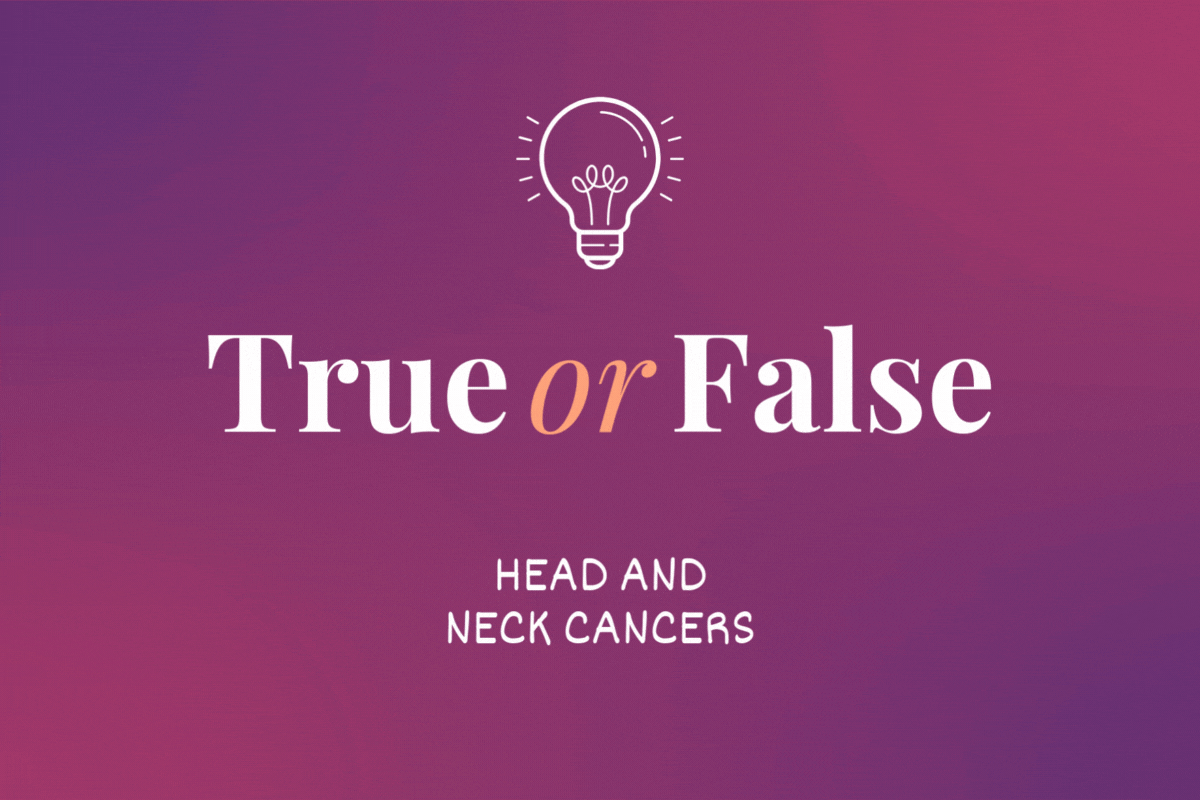This educational resource was sponsored by Poise, a brand of Kimberly-Clark. Other Kimberly-Clark brands include Depend and Thinx for All Leaks.
My friends and I knew the hot flashes were coming for us. And we’d heard the chatter about sleep disturbances and mood swings. Women are now more likely to be openly discussing the menopause symptoms previous generations weren’t even whispering about. But there remains one exception to this openness. Lurking in the dark corner of menopause conversations among friends is the symptom few want to discuss: bladder leakage.
But it’s too common to ignore. More than half of postmenopausal women experience some sort of urinary incontinence, the medical term for bladder leakage. If you’re like me, you may be asking: doesn’t menopause take enough, even without the bladder leakage? Menopause has claimed our sleep, our moods, our ability to control our facial sweating. Can’t menopause just let us keep our ability to sneeze, laugh and cough without fear?
We should be so lucky. “We see sharp increases in bladder leakage during the menopause transition and during the menopausal years,” said Lauri Romanzi, M.D., a urogynecologist and member of HealthyWomen’s Women’s Health Advisory Council. “Aside from estrogen deprivation in the bladder and urethra, we don't truly understand why this spike at and around menopause occurs. And it’s difficult to sort out whether it’s caused by menopause, aging issues or delayed onset impacts of childbearing.”
In the search to narrow down a culprit, estrogen loss from menopause looks reasonably guilty. Estrogen is a hormone that affects far more than the reproductive system, and most types of bladder leakage during menopause have links to estrogen loss.
Estrogen loss can weaken the urethral closure, which causes a type of bladder leakage triggered by pressure on the bladder and urethra. Changes in pelvic floor strength have also been linked to estrogen loss, and this issue is more common among women who have given birth. However, Romanzi said, women who have not given birth aren’t necessarily guaranteed a lifetime of fear-free sneezing, coughing or laughing.
Another type of bladder leakage, overactive bladder (OAB), causes urinary urgency, which is when you don’t have much warning before you have to pee. It can also trigger urinary frequency and nighttime urination, with or without a sense of urgency. The loss of estrogen receptors in the bladder because of menopause can cause overactive bladder, Romanzi said.
Bladder leakage may be common, but you can manage the symptoms
While bladder leakage from menopause is common, it should not be accepted as a “new normal.” Possible solutions depend on the type of bladder leakage you’re experiencing and how bad it is, but they all should begin with a conversation with your healthcare provider (HCP).
“Be your own advocate,” Romanzi said. “Start by speaking with your primary care physician or gynecologist. Ask for a referral to a urogynecologist or urologist specializing in women's bladder problems.”
Your healthcare provider might also suggest lifestyle changes or seeing a physical therapist that specializes in pelvic floor therapy. A pelvic floor physical therapist can help you strengthen your pelvic floor muscles through physical exercises, such as the Kegel technique. They might also help you retrain your bladder using biofeedback and electrical stimulation techniques. Many women perform Kegel exercises incorrectly, so it can be a good idea to talk to a professional to make sure you’re doing them correctly.
Using bladder leakage pads, like Poise pads, or underwear designed for bladder leakage, like Depend or Thinx for All Leaks, can be helpful in offering you protection and peace of mind. Bladder leakage pads are designed to control odor and wetness from urine unlike sanitary pads made for periods.
Avoiding certain foods can help improve bladder leakage symptoms for some women. Some foods to avoid are:
- Caffeinated drinks (such as coffee, tea and some energy drinks)
- Carbonated drinks (such as soda and sparkling juice)
- Citrus juices and fruits
- Tomatoes
- Chocolate
- Alcohol
- Spicy foods
What irritates your bladder might not irritate someone else’s, so it’s a good idea to try to figure out what you personally can and cannot eat and drink by keeping a journal of what you’ve eaten and drunk. If you have overweight or obesity, your healthcare provider might suggest weight loss to reduce pressure on the bladder and pelvic muscles.
If these changes don’t work, medicine might be an option. If menopause is causing your bladder leakage, topical estrogen that goes inside the vagina can be helpful. It comes as a cream, tablet or vaginal ring.
There are also FDA-approved medications to treat urinary incontinence. Some of these medicines can cause side effects such as dry mouth, which can actually make things worse by making you drink more. Although it may seem odd, drastically limiting fluid intake to control bladder leakage is not recommended. In fact, staying well hydrated (but not overly hydrated) and emptying the bladder regularly may help retrain and strengthen the muscles around the urethra and bladder.
If these treatments don’t work well enough, there are other treatments available, but they’re considered more invasive. These include Botox injections to the bladder, or a weekly treatment called percutaneous tibial nerve stimulation (PTNS). PTNS delivers electrical stimulation through a needle inserted into a nerve in the ankle.
According to Romanzi, a device that resembles a pacemaker can be implanted in women with severe OAB or urge incontinence that doesn’t respond to other treatments. These devices are inserted in the lower back and deliver electrical pulses. Weakened urethras can be surgically strengthened with a urethral sling. Urethral bulking is a similar surgical procedure that strengthens the urethra by injecting it with silicon.
Data show that only 1 in 3 people experiencing bladder leakage try to get treatment. But shame, fear or embarrassment should not silence you into needless suffering.
To get treatment, let your healthcare provider know you’re having this common menopause symptom. You may feel like you’re the only one having bladder leakage, but you’re definitely not alone. And your HCP can help you find solutions.
Resources
National Association for Continence
This educational resource was sponsored by Poise, a brand of Kimberly-Clark. Other Kimberly-Clark brands include Depend and Thinx for All Leaks.
Poise and Depend are registered trademarks of Kimberly-Clark. Thinx for All Leaks is a trademark of Kimberly-Clark.
- Q&A With a Bladder ›
- How to Not Let Light Bladder Leakage Hold You Back ›
- What You Need to Know About Urinary Incontinence ›
- Urinary Incontinence Can Feel Like a Full-Time Job - HealthyWomen ›
- After a Traumatic Vaginal Birth, I Live with Bladder Leakage - HealthyWomen ›







